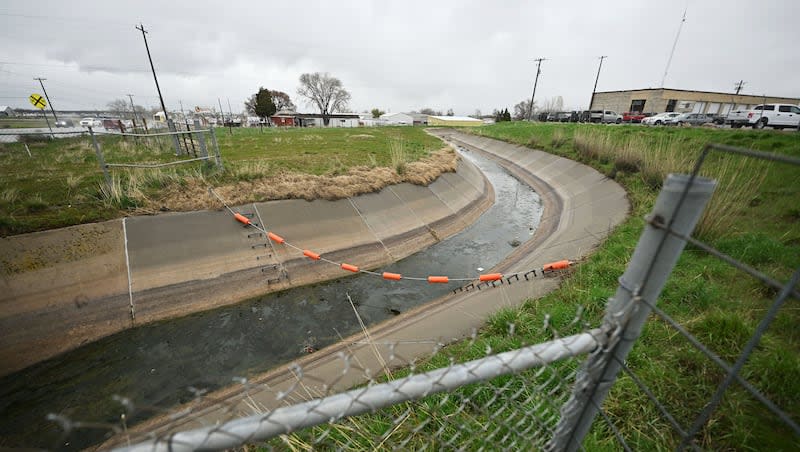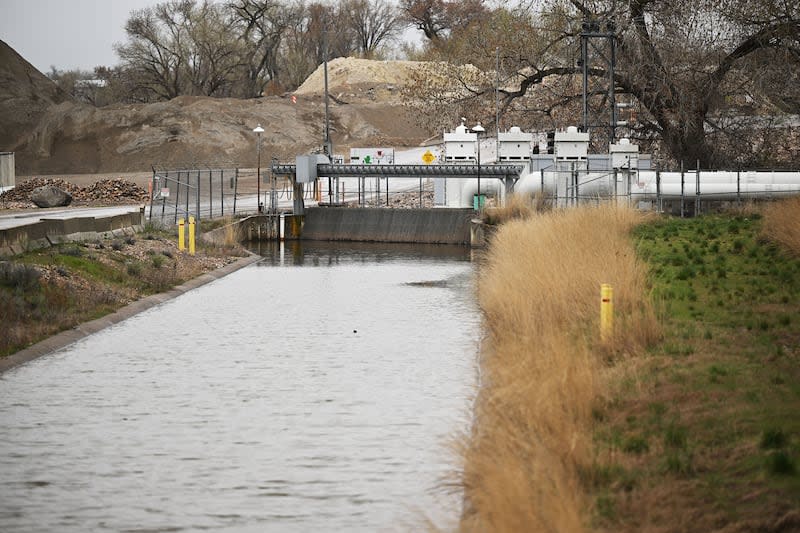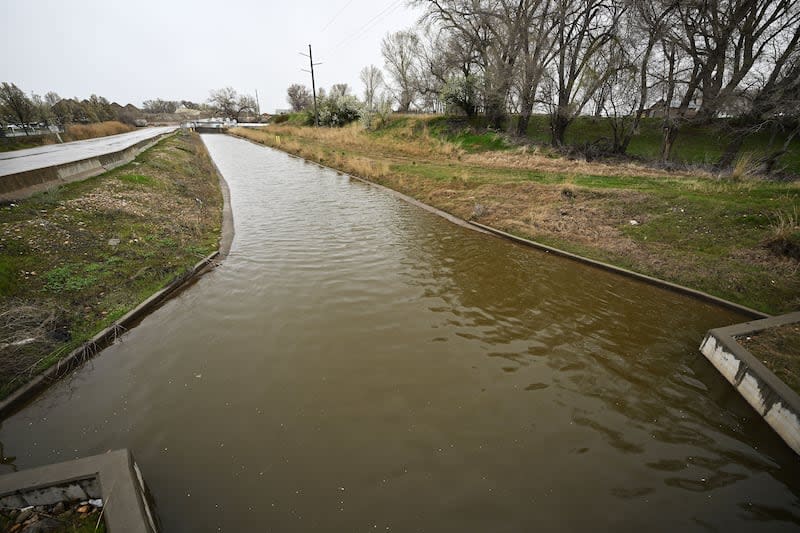Solar panels on canals? Federal funds aim to save water

The Department of the Interior Friday announced a $19 million investment to install solar panels over irrigation canals in California, Oregon and Utah, aimed at simultaneously decreasing evaporation of critical water supplies and advancing clean energy goals.
“As with so much of our work, reclamation could not achieve our mission without the valuable engagement of our partners,” said Bureau of Reclamation Commissioner Camille Calimlim Touton. “We look forward to working collaboratively on this novel idea to conserve water and generate renewable energy with funding from President Biden’s Investing in America agenda. These projects will help inform similar projects to better understand their impacts and make that information publicly available so that we can all understand the scale and corresponding benefits they provide.”
In Utah, the Weber Basin Water Conservancy District received $1.5 million to put in 1,400 feet of panels on the cement-lined portion of the Layton Canal near 21st Street and 1900 West in West Haven.
“We’re pretty excited,” said the district’s general manager Scott Paxman. While the funding was announced Friday, Paxman said the design work and engineering will take up a good chunk of time, so the actual installation won’t likely happen until next year or this fall at the earliest. The pilot project will produce one megawatt of electricity in a system that is already tied into Rocky Mountain Power, Paxman said.
Over the course of the Layton Canal’s five-year demonstration life of data collection and monitoring, the intent of having a solar panel-lined canal is to evaluate the technical capability, economic feasibility and viability for full-scale implementation for both the bureau and the district, according to the bureau’s press release. The bureau expects to increase water quality by reducing algal blooms and producing renewable energy to either offset pump station use or sell back to the utility.

“California got a big bump, but we are happy to get what we did,” Paxman said.
Those other projects to receive funding also include:
$15 million for the San Luis and Delta-Mendota Water Authority, Delta-Mendota Canal Floating Solar Project in California: The San Luis and Delta-Mendota Water Authority, Reclamation and the University of California-Merced will collaborate through a public-private-academic partnership to assess the impacts of floating photovoltaic solar arrays on the Delta-Mendota Canal. The project intends to deploy potentially up to three floating solar technologies.
$2.55 million for the North Unit Irrigation District, Main Canal Floating Photovoltaics Project in Oregon: The North Unit Irrigation District will construct floating photovoltaic solar panels on the Main Canal of the Deschutes Project. The project will evaluate the impact of floating solar panels on water efficiency gains and amount of clean energy produced.
The bureau said solar panels used in these ways have the potential for a variety of benefits that also include land savings for open space and agricultural use.


